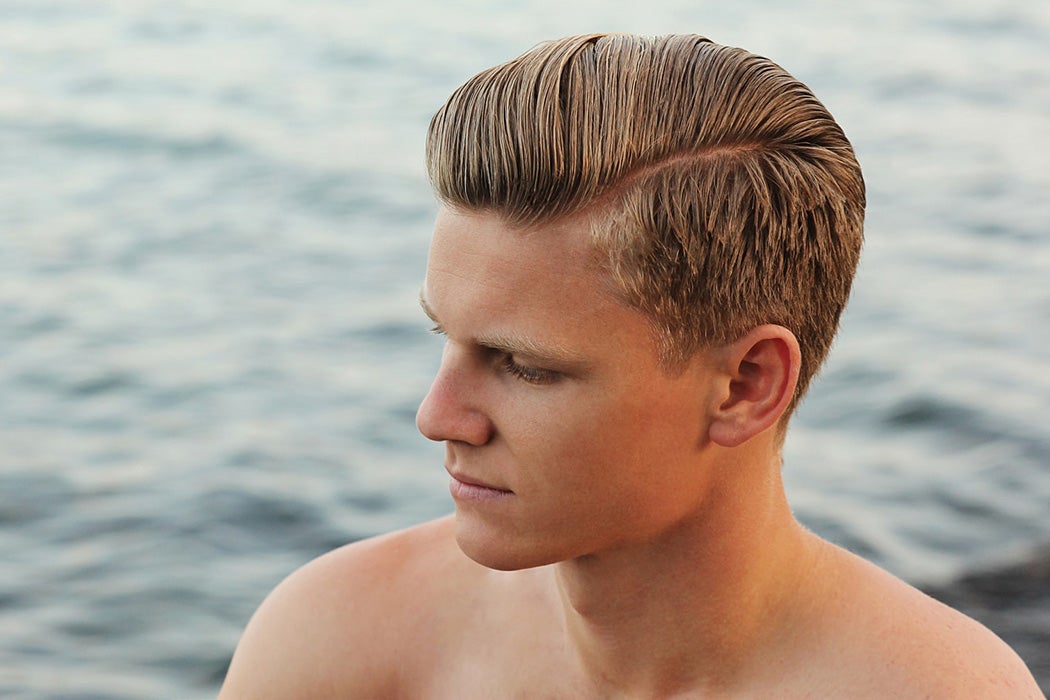In this time of the revival of the home haircut, some people are no doubt writing the epitaph for the metrosexual: the heterosexual man who participates in a culture of feminized “beauty work” and calls it “grooming.” But looking at how spaces typically reserved for women and gay men, like hair salons, can become havens for straight men can shed light on how gender works in the twenty-first century.
As sociologist Kristen Barber writes, “the body beautiful has been tightly linked to the concept of femininity.” To understand how men can “empty beauty work of its association with feminized aesthetics,” she uses a class-based analysis. Her case study: a suburban Southern California hair salon she calls Shear Style.
Barber identifies these men with the professional class: those with disposable income for “aesthetics compatible with social standards” that put a premium on appearance in the bourgeois workplace. Beauty work and beauty products—notably transformed into “grooming” and “grooming products”—are ways to differentiate a white professional-class masculinity from a white working-class masculinity.
Good grooming became essential to the business world after World War II, with the rise of corporate culture. “White collar” employment specifically refers to dress (as do “blue collar” and “pink collar”). Professional workers need “interpersonal skills, personality, and appearance,” not farm/factory brawn, to get ahead.
Haircuts are essential to the metrosexual, but hair salons are problematic spaces because they are so strongly associated with women, even when they have a “unisex” label. Scholars see the hair salon as “part of a larger ‘women’s culture’ in which women shape their perceptions of self and body, as well as form relationships and social networks,” Barber writes.
The male clients Barber interviewed may disparage the largely female clientele and “girly” space of Shear Style, yet they go there nonetheless. They enjoy the “salon as a place of leisure, luxury, and pampering” and like the “personalized relationships they feel they form with their women stylists.” Several followed their favorite stylist when she moved to this salon. The male customers believe that the stylists’ care work and emotional labor is the antithesis of what they would get from a male barber. And there’s no homophobic threat from being touched by a woman.
Barber’s subjects see the barber shop as utilitarian, lacking style, and manifesting a traditional misogyny in its atmosphere of a white male working-class ethos. The salon is a place where these men go to “obtain a stylish haircut they conflate with white professional-class aesthetics.”
Weekly Newsletter
Ultimately, the men “claim they do not want to look stylish for themselves; rather they need to look good to succeed professionally” (emphasis in original). Appearance and professionalism are united when working with clients and competing with co-workers.
Voilà! Class privilege is reproduced, heterosexuality is maintained, and the newly coiffed can receive compliments.







